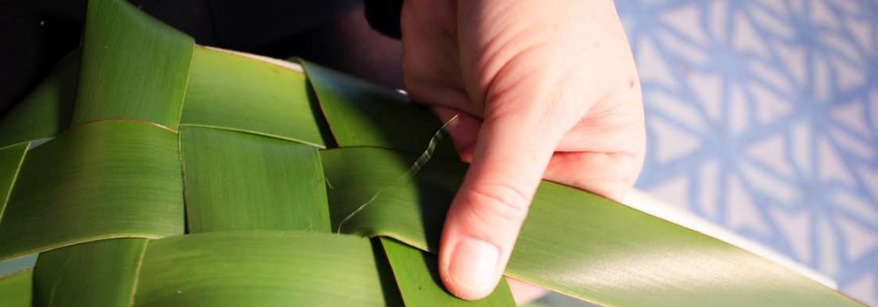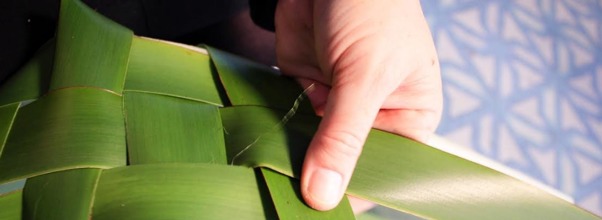The Bay of Plenty region's Treaty of Waitangi landscape is complex and dynamic. Waitangi Tribunal Inquiries and Treaty settlements covering Fisheries and historical claims have been active and a priority in the region since the 1980s.
In the region, several comprehensive Treaty settlements have been achieved including Ngāti Awa Settlement 2004, Tūwharetoa ki Kawerau (Bay of Plenty) Settlement (2004) and the Te Arawa (affiliates) Settlement 2008. On-account Treaty Settlements also include the Te Arawa Lakes Settlement (2005) and the Central North Island Iwi Collective Crown Forest Settlement (2008) and the Te Arawa River Iwi Settlement (2010).
Te Arawa Lakes Settlement has been one of the most significant, providing a co-governance model to manage the Te Arawa lakes under the Rotorua Te Arawa Strategy Group. It is the first co-governance model established between iwi and Councils over a natural resource in New Zealand.
Ngāti Whare, Ngāti Manawa, Ngāti Mākino and Waitaha recently signed respective Deeds of Settlement with the Crown. Ngāi Tūhoe, Ngāti Rangiwewehi, Ngāti Rangiteaorere, Tapuika, Ngāi Te Rangi, Ngāti Ranginui and Ngāti Pūkenga are negotiating towards settlement milestones in the near future.


